New Herb Planter ?'s
m1chael
11 years ago
Related Stories
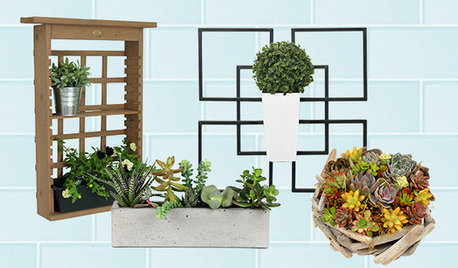
SHOP HOUZZShop Houzz: Planters and Herb Boxes on Sale
Up to 50% off everything you need to grow a garden in your kitchen
Full Story0
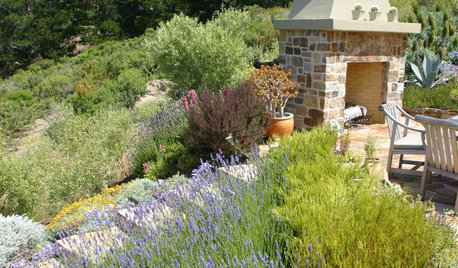
GARDENING AND LANDSCAPINGEasy Herbs for Every Space
Resilient and forgiving, herbs like mint, thyme and rosemary are simple to grow and look great in both containers and landscape designs
Full Story
EDIBLE GARDENS12 Essential Herbs for Your Edible Garden
Make home cooking and drinks even better with herbs plucked from your own backyard or windowsill pot
Full Story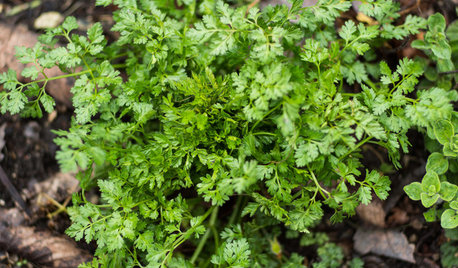
EDIBLE GARDENSHerb Garden Essentials: Discover Delicate Chervil
Go beyond the tried-and-true edible herbs and try this nonconformist that's surprisingly easy to grow
Full Story
SUMMER GARDENINGHow to Grow Basil
Bright color, quick growth and endless uses for cooking make this summer annual a winner in the garden or a pot
Full Story
GARDENING GUIDESHerb Garden Essentials: Grow Your Own Delicious Mint
Pull out a pot for this one. Mint's spreading habit and hard-to-kill nature can be a blessing — if you're properly prepared
Full Story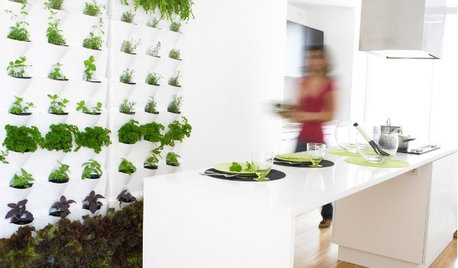
Guest Picks: Herb Gardens for Small Kitchens and Gardens
Up the wall, easily portable or beautifully decorative, these solutions help even the smallest kitchens and balconies get growing
Full Story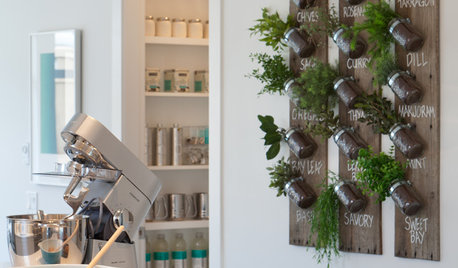
SHOP HOUZZShop Houzz: In the Market for Fresh Herbs
Add a fresh look or scent to your home with these herb-inspired finds
Full Story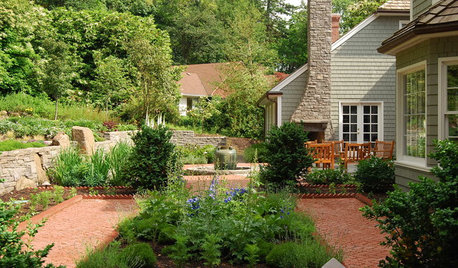
GARDENING AND LANDSCAPINGHerb Gardens for Indoors and Out
Plant a Plot or Steal Some Counterspace for a Fresh Addition to Mealtime
Full Story
EDIBLE GARDENS8 Surefire Vegetables and Herbs for Beginning Gardeners
Learn the edible plants that are popular and easy to grow in a backyard or container garden
Full StoryMore Discussions










noinwi
fatamorgana2121
Related Professionals
Allen Landscape Architects & Landscape Designers · Manchester Landscape Contractors · Norwood Landscape Contractors · Coeur d'Alene Landscape Contractors · Damascus Landscape Contractors · Fuquay-Varina Landscape Contractors · Pleasanton Landscape Contractors · Rancho Santa Margarita Landscape Contractors · Wallingford Landscape Contractors · Wayland Landscape Contractors · West Haverstraw Landscape Contractors · Brentwood Los Angeles Outdoor Lighting & Audio Visual Systems · Elgin Roofing & Gutters · La Jolla Roofing & Gutters · SeaTac Roofing & Guttersm1chaelOriginal Author
oliveoyl3
noinwi
m1chaelOriginal Author
noinwi
eibren
oliveoyl3
eibren